robpm
Silver Member
I use a 24" bar on my Stihl 044 which is probably over 16 years old and I love it for all the above. I have an MS200 with a 14" bar which is great for dealing with things while in the tree and also on the ground.
Thats just not practical when you get into larger saws. Your talking about lbs of weight. I'd never limb with a 36"or 42" bar. I Have my own Oregon Tecomec chain grinder but the shops here charge 40% more to sharpern chains 24" or larger. If i didnt already have a 20" bar and 4 or 5 loops of chain id run a 16" bar on my ms361. I stick with a 25" bar on the 660 normaly. It does come in handy to have the big bar thoughSR Is spot on here
Jim Timber;4403538 A two or three saw system is the way to go. Have a beast that's capable of quickly felling your largest trees (the faster you can whittle out the felling cuts said:Exactly you can also go 2 or 3 times longer without stopping for a fueling break
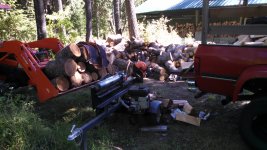
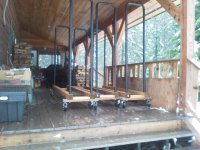
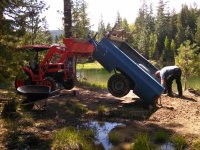
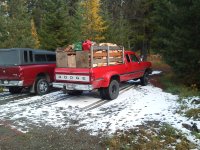
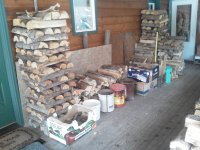
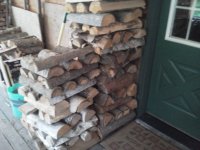
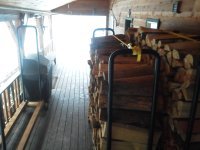
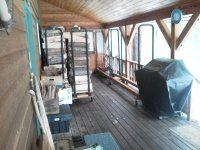
Since you are cutting in air do you have a trick to gage what 20" is so that you can get consistent lengths? One problem I have is visualizing 20" as it I seem to vary with the diameter of the log, i.e. the bigger the log the longer I cut it. Any hints out there?
Since you are cutting in air do you have a trick to gage what 20" is so that you can get consistent lengths? One problem I have is visualizing 20" as it I seem to vary with the diameter of the log, i.e. the bigger the log the longer I cut it. Any hints out there?
I've had pretty good luck with one of these. The Original Woodcutters Helper | The Woodcutters Helper I usually put it on my trim saw and mark out a log before cutting with the bigger saw.
Good luck.
Frank